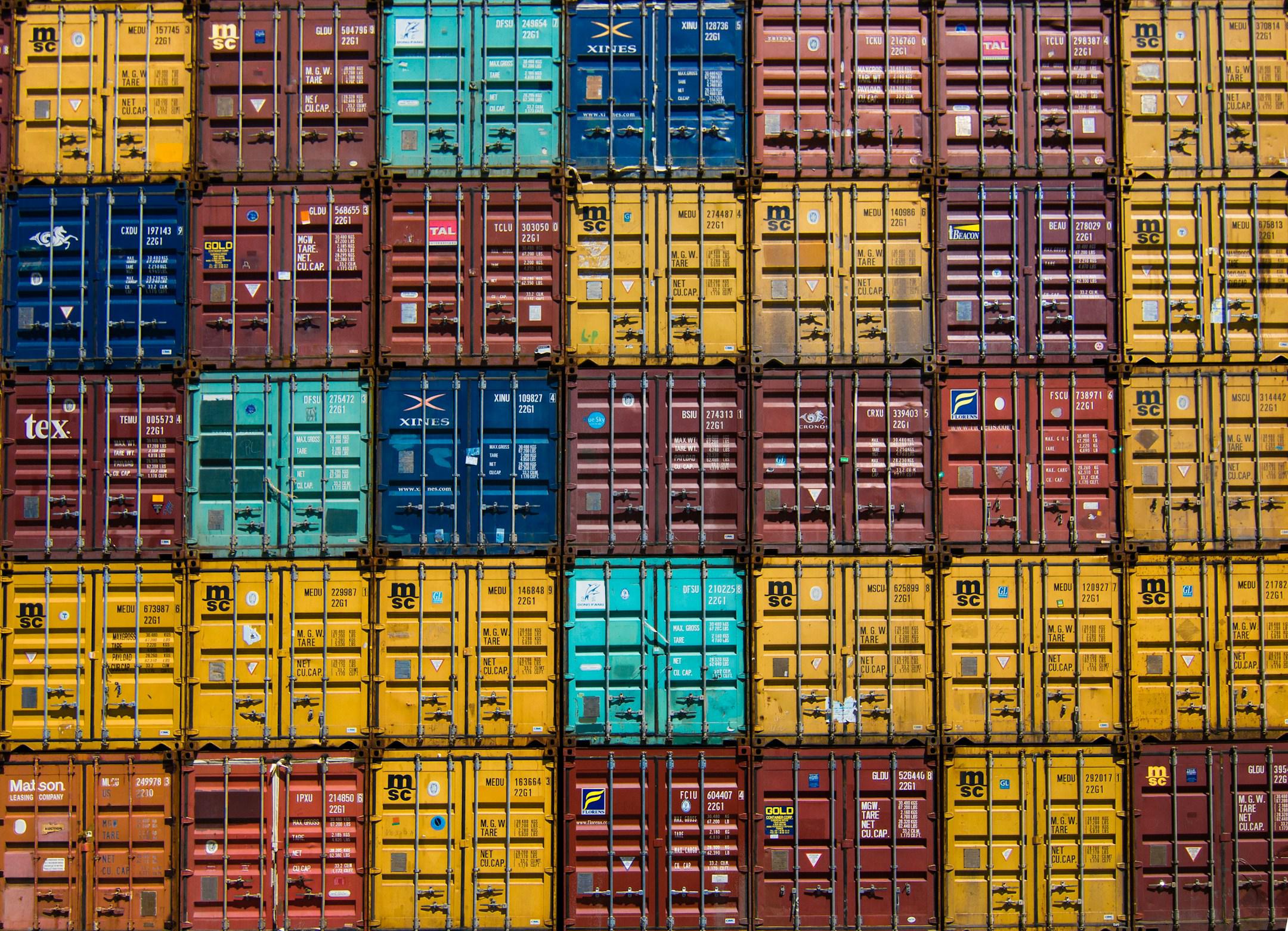The History of 3rd Party Logistics

Third-party logistics (3PL) is vital in helping businesses manage their supply chains in today's fast-paced global marketplace. As companies increasingly seek streamlined operations and cost-effective solutions, understanding the history of 3PL becomes essential.
This blog post will discuss the evolution of 3PL services, tracing their roots back to early logistics practices and examining how technology and market demands have shaped the industry over the years.
The concept of third-party logistics (3PL) dates back several decades, initially evolving from simple transportation services to comprehensive supply chain solutions. In the early 20th century, businesses primarily managed logistics in-house, often relying on railroads for shipping goods over long distances.
As companies sought to streamline operations and reduce costs, they partnered with external logistics providers to enhance their distribution capabilities. This shift marked the onset of a significant change in how businesses approached logistics, laying the groundwork for developing modern 3PL services.
During the latter half of the 20th century, advancements in technology and globalization further fueled the growth of third-party logistics. The rise of containerization revolutionized freight transport, enabling faster and more efficient movement of goods across international borders.
As demand for speedy and reliable delivery increased, logistics companies expanded their service offerings beyond transportation. They started to include warehousing, inventory management, and fulfillment services, allowing businesses to focus on their core competencies while outsourcing logistical challenges to specialized providers. This early adoption of 3PL marked a crucial turning point in the history of logistics, setting the stage for the sophisticated supply chain solutions we see today.
The evolution of 3rd party logistics (3PL) services has markedly transformed over the decades, driven by technological advancements, globalization, and changing consumer demands. In the 1970s and 1980s, companies began recognizing the value of outsourcing their logistics needs to specialized providers. This shift allowed businesses to focus on core competencies while logistics experts managed transportation, warehousing, and distribution complexities. During this period, third-party logistics companies began to offer a broader range of services, paving the way for a more integrated approach to supply chain management.
By the 1990s, the landscape of 3PL evolved further with the advent of information technology. Companies started utilizing sophisticated software solutions to streamline logistics processes, enable real-time tracking, and enhance communication along the supply chain. The rise of e-commerce in the late 1990s and early 2000s propelled 3PL services into the spotlight, as online retailers required agile logistics networks to meet the needs of a growing customer base. This decade also witnessed a surge in collaboration among 3PL providers and their clients, leading to tailored solutions that optimized inventory management, reduced costs, and improved delivery timelines. Through these transformations, the role of 3PL providers solidified as pivotal players in the modern supply chain ecosystem.
The emergence of third-party logistics (3PL) can be traced back to the 1970s when companies began to recognize the benefits of outsourcing their logistics functions. This shift allowed businesses to concentrate on their core activities while relying on specialized firms to manage their supply chain needs. Early players in the logistics sector focused on transportation and warehousing, offering basic services that catered to growing demand. As technology advanced, firms began to adopt more sophisticated inventory management systems, improving logistics operations' efficiency and accuracy.
The 1980s brought significant changes as deregulation in the transportation industry opened doors for new 3PL providers. This decade they marked the establishment of integrated supply chain solutions, which included value-added services like packaging, assembly, and kitting. By the 1990s, the rise of e-commerce further propelled the demand for 3PL services, leading to unprecedented growth in the sector. Companies sought logistics partners that could provide end-to-end services tailored to their unique needs, prompting 3PL providers to innovate and expand their offerings. As a result, the evolution of third-party logistics solidified its role as an essential component of modern supply chain management.
SML Fulfillment is your trusted partner when it comes to fulfillment services. We’re passionate about helping our clients achieve their business goals, and we always bring our years of expertise and top-notch qualifications to every partnership we make. You can learn more about the services we offer online, or contact us to get started today.